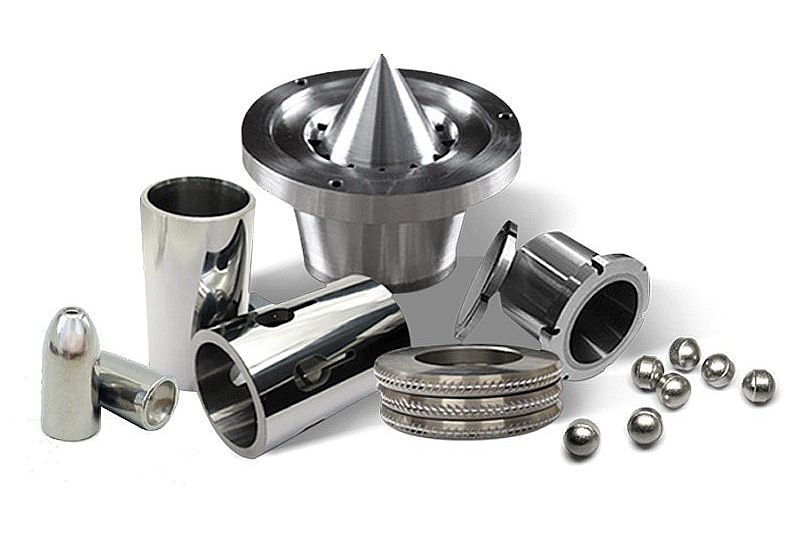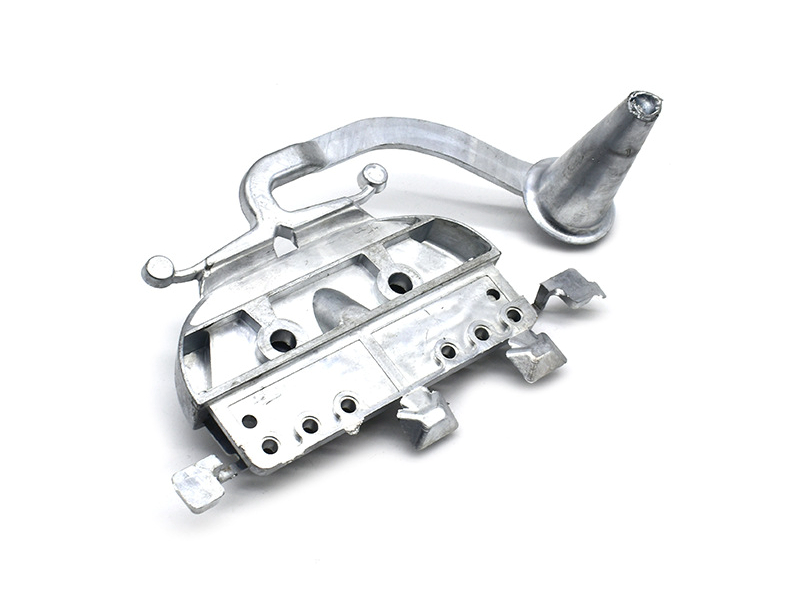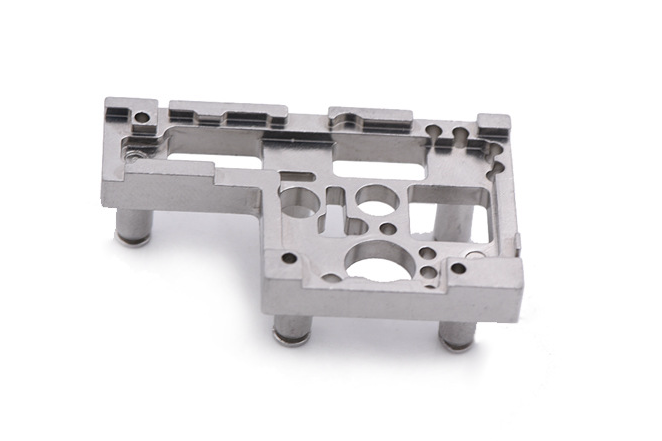How should rotating parts for brushless motors be designed for stability and life?
For brushless DC motors used in applications such as power tools, e-mobility, and industrial drives, rotating parts must be engineered to run smoothly at high RPM while withstanding long-term cyclic stresses. From a custom manufacturing standpoint, rotor laminations, shafts, magnet carriers, and fan elements are designed together, then validated through iterative prototyping using CNC machining prototyping and 3D printing prototyping before committing to volume processes.
Material Selection for Rotor Structural Integrity
The shaft and hub must combine high strength, good fatigue resistance, and dimensional stability. Low-alloy and tool steels, shaped via metal injection molding or precision casting, are typically used for compact, high-torque rotors. In contrast, aluminum hubs produced by aluminum die casting are suitable where weight reduction is critical. For high-speed fans or impellers integrated into the rotor, engineering plastics such as nylon (PA), PBT, or polycarbonate via plastic injection molding offer high stiffness-to-weight ratio and impact resistance.
Heat Treatment and Surface Engineering for Life
Fatigue life and stability depend strongly on the microstructure of the rotor shaft and hub. Controlled heat treatment (quench and temper, induction hardening, or case hardening) optimizes core toughness while providing sufficient surface hardness at bearing seats, keyways, and press-fit interfaces. For steel shafts and critical contact zones, surface processes such as PVD or electropolishing help reduce friction, wear, and stress concentrators. Aluminum rotor parts can be anodized to improve corrosion resistance and surface hardness without significantly adding weight.
Geometric Design, Balance, and Vibration Control
Dynamic stability is dominated by rotor balance and stiffness. Rotor geometry should minimize eccentric mass distribution and provide smooth load transfer from magnets and fan features to the shaft. Using near-net-shape processes like aluminum die casting or powder compression molding, mass can be placed where stiffness is needed and removed from low-stress regions. After machining and assembly, balancing features (drill pads or milled flats) allow precise correction. Prototypes are tested for vibration, noise, and overspeed integrity before volume production, with design refinements implemented quickly via prototyping workflows.
Magnet Retention and Safety at High RPM
In brushless motors, magnet retention is crucial for both longevity and safety. Rotors can utilize surface-mounted magnets with mechanical retention features or embedded magnets in pockets formed through precision casting or MIM (Metal Injection Molding). Interference fits, ribs, and shoulders ensure load paths are robust under centrifugal forces. When polymer overbands or sleeves are required, they are realized through overmolding or insert molding, which combines structural containment with electrical insulation. All designs should be validated through overspeed testing beyond the maximum operating RPM to build safety margin into the rotor concept.
Assembly Tolerances and Long-Term Reliability
Rotor performance over life depends on maintaining tight tolerances at interfaces with bearings, couplings, and encoders. High-precision shafts and hubs manufactured by CNC machining (for prototypes) and then by controlled serial processes keep runout and concentricity within specification. Post-processing such as tumbling removes micro-burrs that could initiate fatigue cracks. Combined with appropriate material selection, heat treatment, and balancing, these measures ensure that brushless motor rotors operate smoothly, with low vibration and long service life, even in demanding duty cycles.



